7 Fornecedores imperdíveis de delineadores laranja para ruas seguras
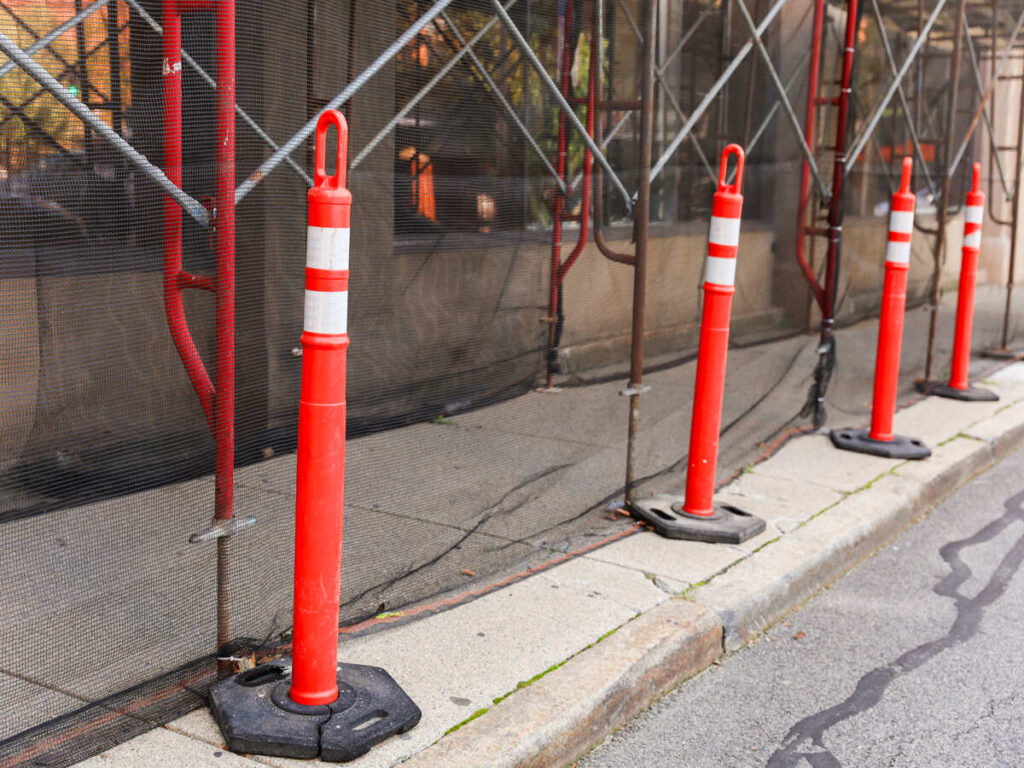
Compare the top 7 orange delineators suppliers in the US for quality, conformidade, and fast delivery to keep your street and highway projects safe.
Em quais postagens delineadoras de tráfego funcionam melhor 2025?

Find out which traffic delineator posts offer top durability, visibilidade, and compliance for parking lots in 2025. Choose the best post for your needs.
Como a aquisição de sinais exigidos por EPI em massa pode economizar dinheiro para sua empresa
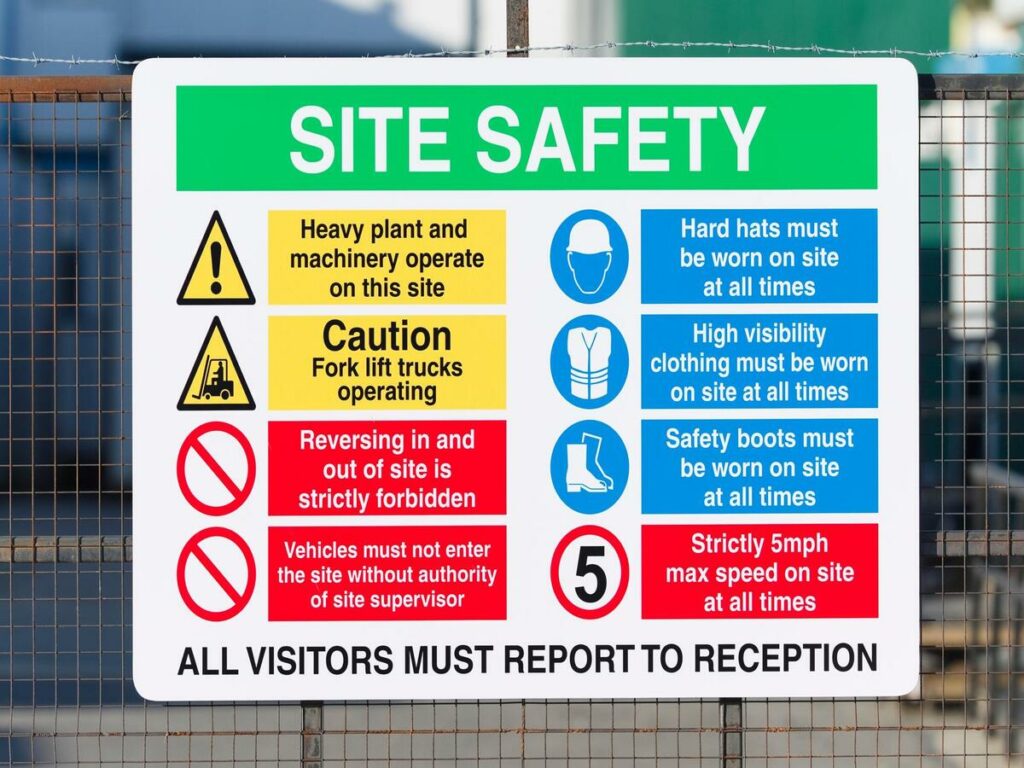
Bulk PPE required signs procurement lowers costs, streamlines compliance, and boosts workplace safety for your company.
Segredos do fornecedor de sinais de segurança de EPI para qualidade superior
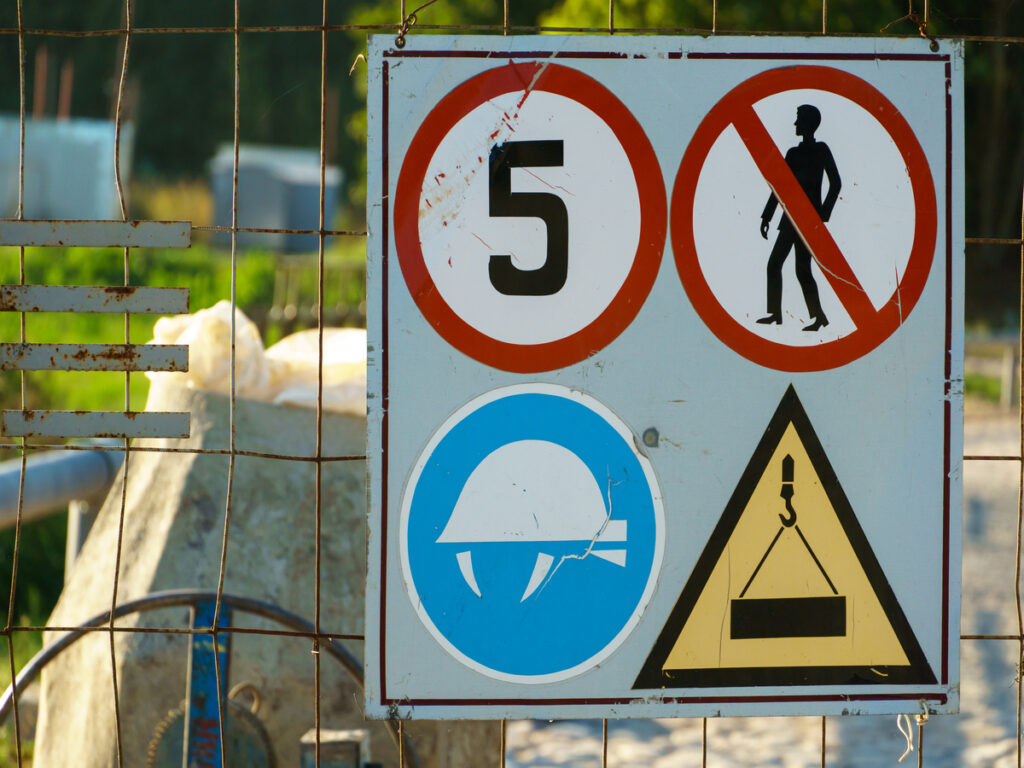
Choose PPE safety signs suppliers with certified quality, conformidade, customization, and reliable support for workplace safety.
Guia completo para aquisição de sinalização de EPI: Práticas recomendadas, Tendências, e estratégias de redução de custos
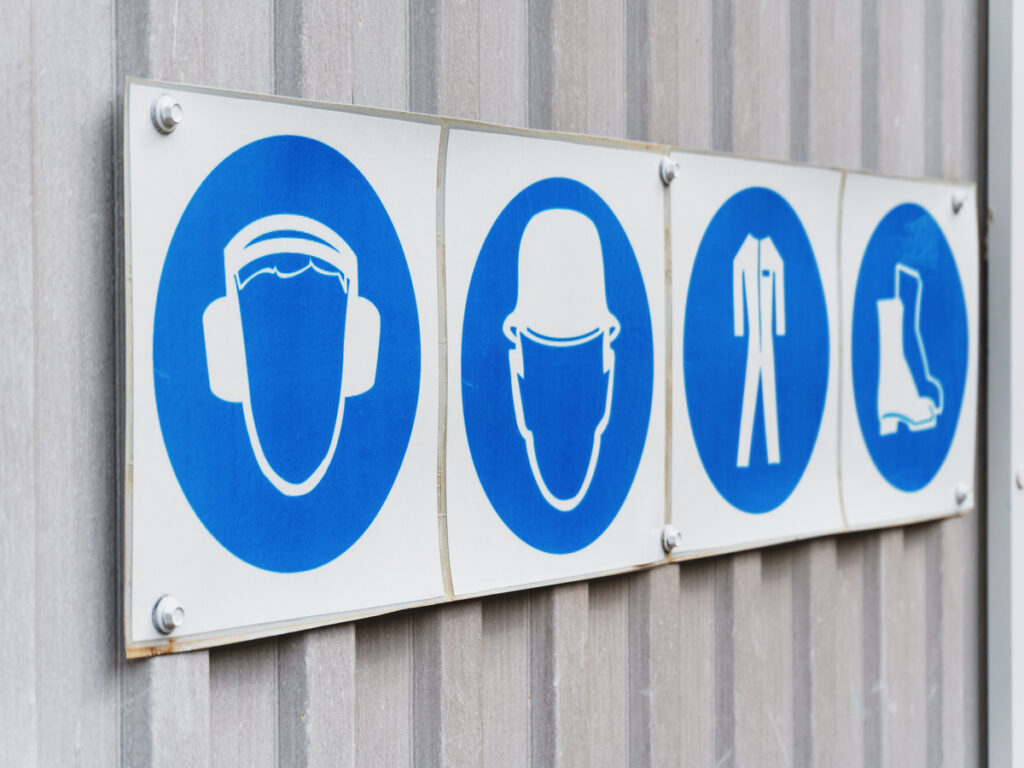
Procure PPE signage efficiently with best practices, compliance tips, and cost-saving strategies for safer, up-to-date workplaces.
Como escolher os materiais certos para os sinais de EPI necessários em seu local de trabalho
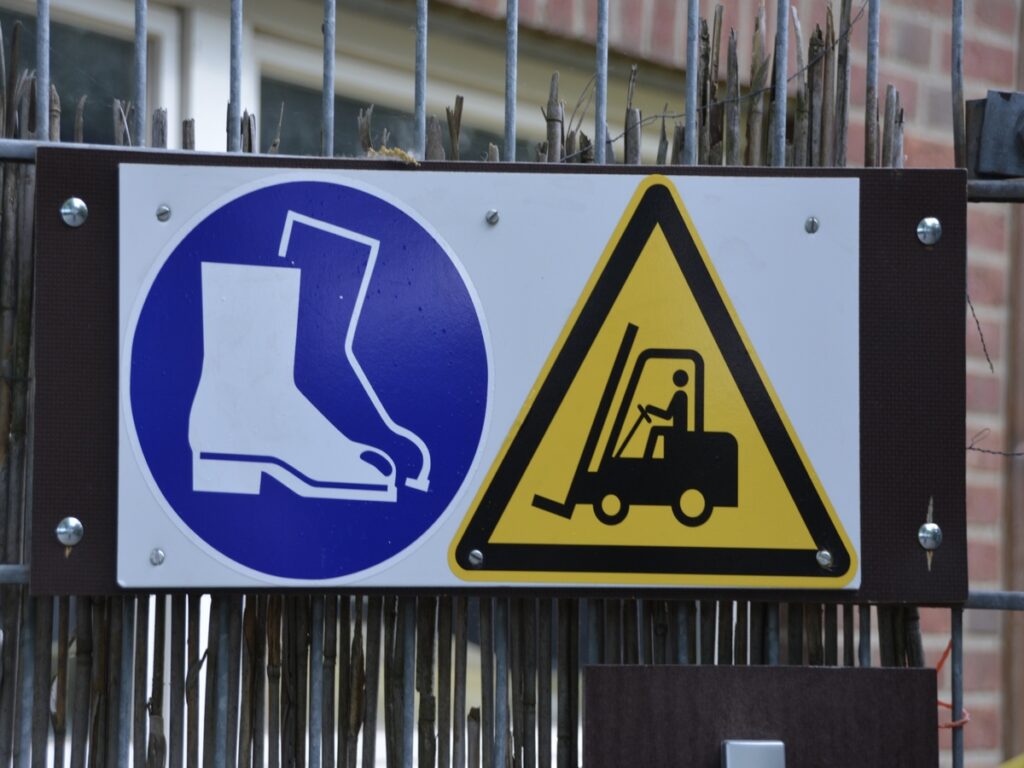
Select the best materials for required PPE signs to ensure durability, conformidade, and clear safety messaging in your workplace environment.













